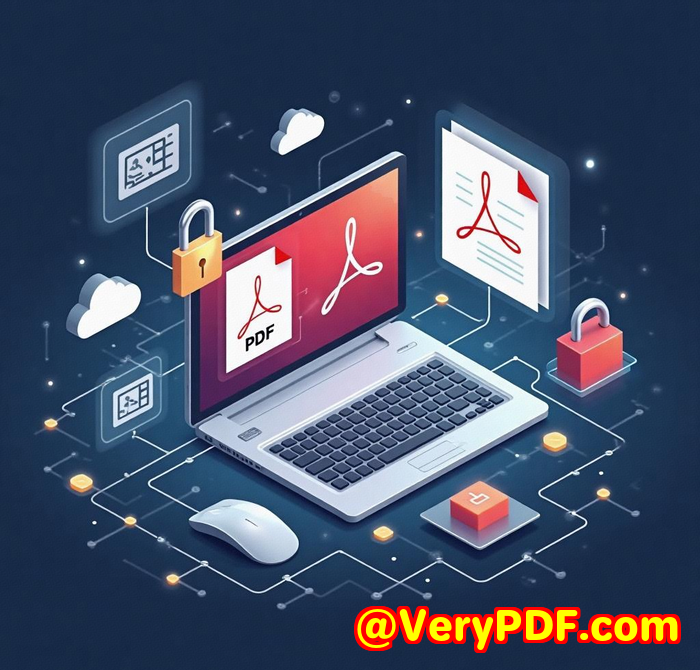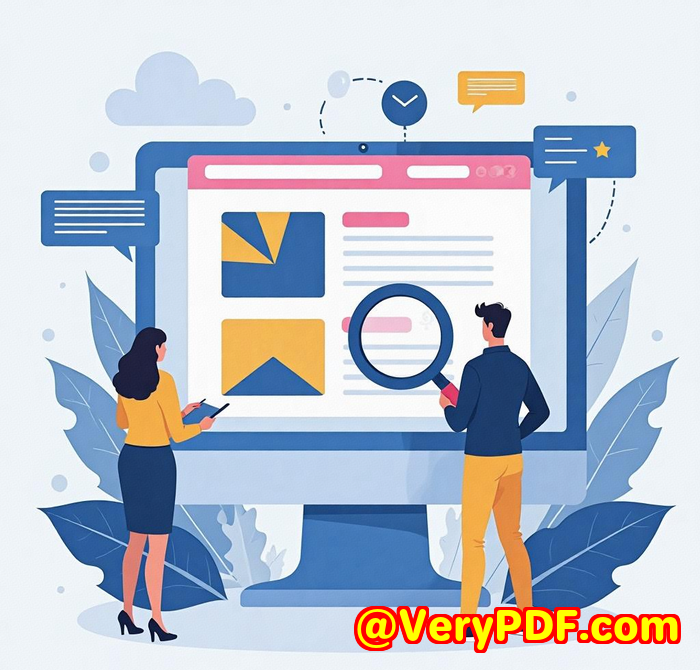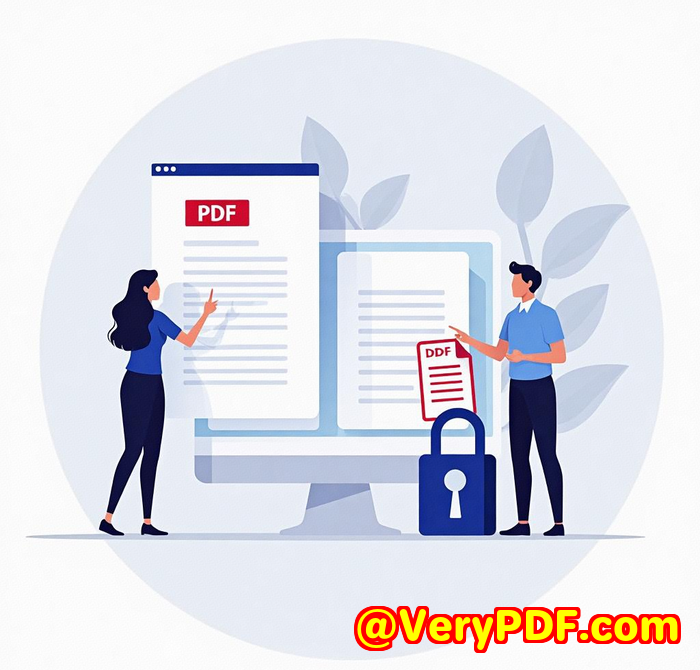VeryPDF JavaScript PDF Annotator Source Code Solving Annotation and Collaboration Pain Points in Government Sector
VeryPDF JavaScript PDF Annotator Source Code Solving Annotation and Collaboration Pain Points in Government Sector
Meta Description:
Struggling with collaborative PDF markup in government workflows? Here's how VeryPDF's JavaScript PDF Annotator fixes that.
Every public sector office has that draweror more realistically, that serverfull of PDFs nobody wants to touch.

Last year, I was brought into a government contract team to help digitise and streamline some truly ancient documentation processes. One of our biggest issues? PDF annotation.
It was chaos.
We had engineers using separate tools to comment on CAD diagrams, admin teams scribbling over scanned memos, and legal teams trying to track changes in 60-page policy docsall on different platforms, all incompatible. Version control was a disaster.
I knew we needed something centralised, browser-based, easy to integrate into our existing portal. That's when I found VeryPDF JavaScript PDF Annotator Source Code License. Game-changer.
The Search for a Real Solution
The problem wasn't that there weren't annotation tools on the marketthere are plenty. The problem was finding one that:
-
Worked in-browser without plugins (because IT security said no to Java)
-
Handled over 50+ file formats (we're talking everything from DOCX to DWG)
-
Supported real-time collaboration
-
Could be owned outright via source code (no SaaS subscriptions, no data hosted externally)
After some digging, testing, and late nights in dev environments, VeryPDF's JavaScript HTML5 PDF Annotator ticked every box.
What It Does (and Why It's Not Like the Others)
This tool is a fully browser-based PDF and document annotation solution that runs on any platformWindows, Linux, Mac, iOS, Android. And yes, no plugins.
Here's what stood out for me:
-
Supports 50+ file types including PDF, DOCX, XLSX, PPTX, CAD formats like DWG, and images like TIFF and PNG.
-
Annotation types galore: Freehand, Text, Highlight, Strikethrough, Polyline, Point, and Area Comments.
-
Real-time markup layering, so multiple users can annotate the same document without clashing.
-
Burn or remove annotationsyou get full control over the final output.
This wasn't just some viewer with sticky notes slapped on. This was a legit annotation engine that integrated right into our government portal.
How I Used It: A Real Example
One of our first use cases was reviewing site inspection reports in PDF format that included photos, tables, and embedded diagrams. Here's how we did it:
-
Embedded the annotator into our internal web portal via the source code package.
-
Set up user rolesengineers, legal reviewers, admin clerks. Each had different annotation permissions.
-
Used point and area comments to guide reviewers to problem spots in the documents.
-
Exported final PDFs with burned-in annotationsno need to keep tracking layers after sign-off.
And because we had the full source code license, we could tweak the UI, control the backend storage, and make it all look and feel native to our system. That flexibility alone is worth its weight in gold.
What Made It a No-Brainer
Here's why we ditched other tools and stuck with VeryPDF:
-
No external dependencieseverything runs on our servers. No sending docs to third-party clouds.
-
Cross-platform supportruns on everything, tested it on old Linux boxes and it held up.
-
Precise control over annotationsfonts, colours, opacity, sizes everything tweakable.
-
Full PDF functionalitybookmark support, page navigation, zoom, thumbnails, text search not just annotation.
-
REST API supportwe integrated it into our document workflow engine with minimal headaches.
The Bottom Line
If you're in government, law, or any enterprise that needs strict control over document handling, you're going to want to look into this tool.
It solves:
-
Annotation chaos
-
Compatibility nightmares
-
Collaboration breakdowns
-
Version control headaches
I'd highly recommend VeryPDF JavaScript PDF Annotator Source Code License to any dev team or IT lead building document workflows from scratchor fixing broken ones.
Try it out here:
https://veryutils.com/html5-pdf-annotation-source-code-license
Custom Development Services by VeryPDF
If you've got niche needsspecialised file handling, document tracking, or something that doesn't exist yetVeryPDF offers custom dev services across Windows, Linux, macOS, and web platforms.
Their expertise spans:
-
PDF processing, document conversion, OCR, barcode tech
-
Windows virtual printers & print job capture
-
System-wide API hooking and file access monitoring
-
Cross-platform image and document handling
-
Secure document sharing, digital signatures, and DRM
-
Font tech, file format analysis, and viewer integration
-
Cloud-based document platforms with RESTful APIs
You can reach out to their team here to scope out your custom project:
http://support.verypdf.com/
FAQ
1. Can multiple users annotate the same document at once?
Yes, the layering feature allows collaborative markup in real time.
2. Does it work offline or on-prem?
Absolutely. You get the full source code, so you can host it on your own servers.
3. What formats are supported beyond PDF?
DOCX, XLSX, PPTX, DWG, TIFF, PNG, and many othersover 50 formats in total.
4. Can we export the document with annotations baked in?
Yes. You can either export with all annotations burned in or keep them as layers.
5. Is it secure enough for government use?
Yes. Because it's self-hosted and doesn't rely on third-party services, it meets most compliance requirements.
Tags / Keywords
-
javascript pdf annotator source code
-
government pdf annotation tool
-
html5 document collaboration
-
annotate pdf in browser
-
secure pdf markup for public sector



